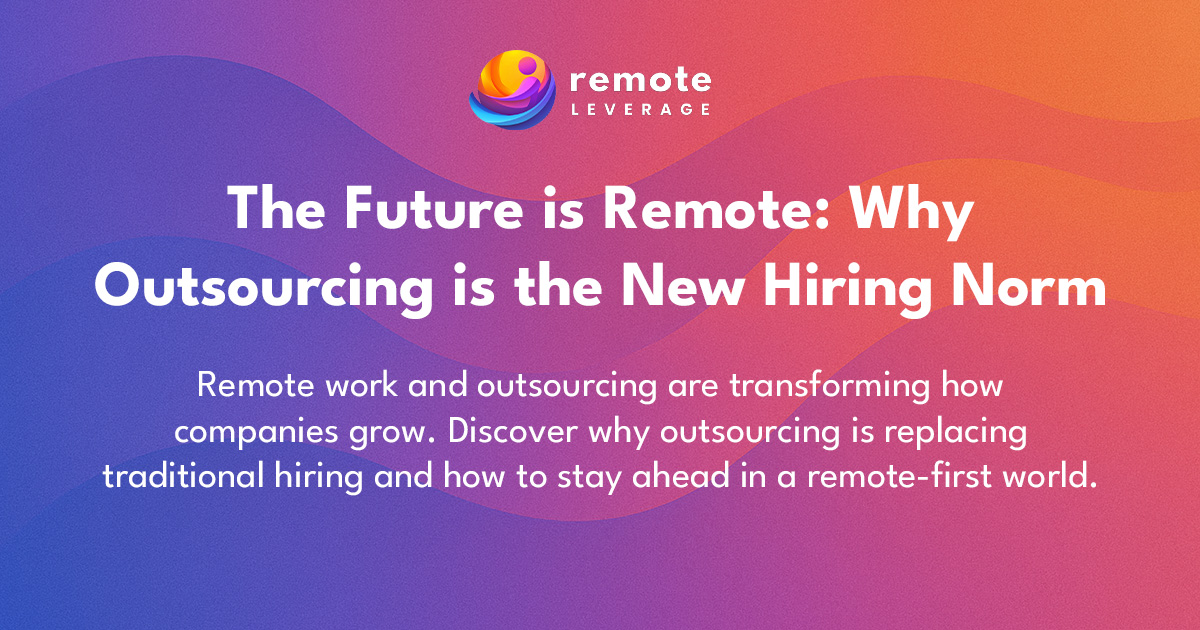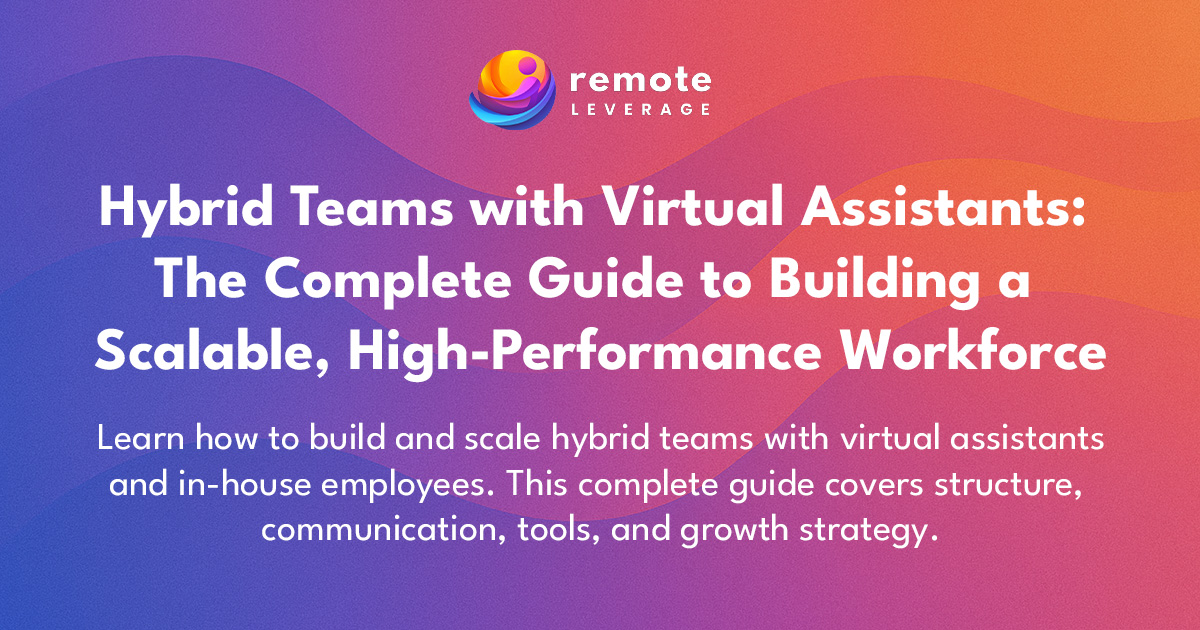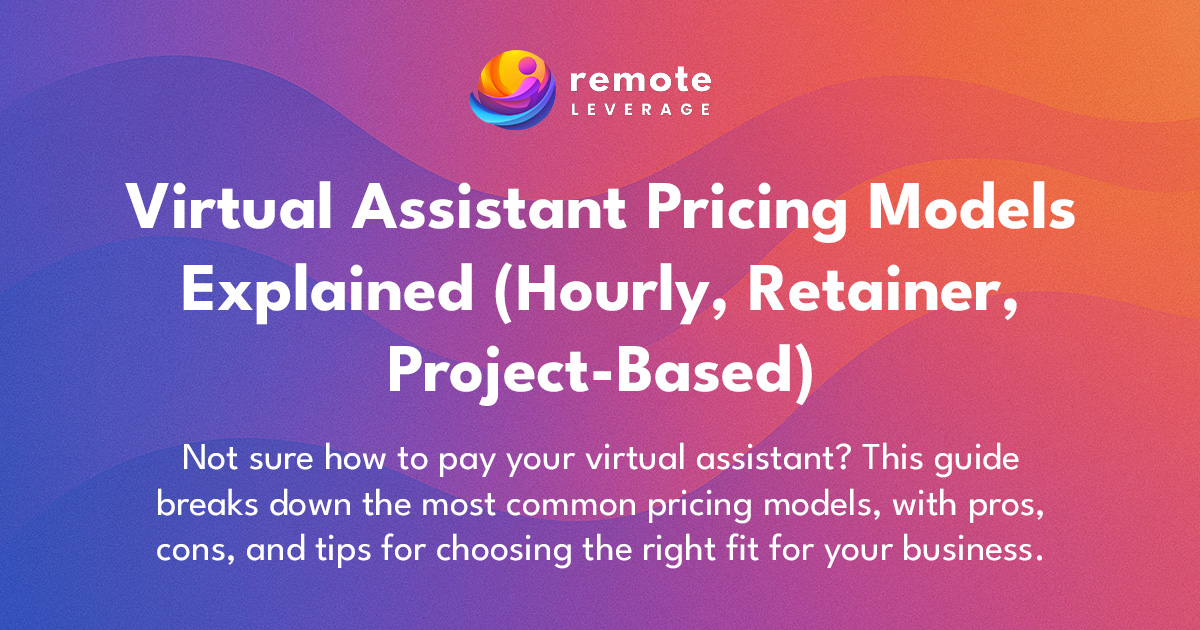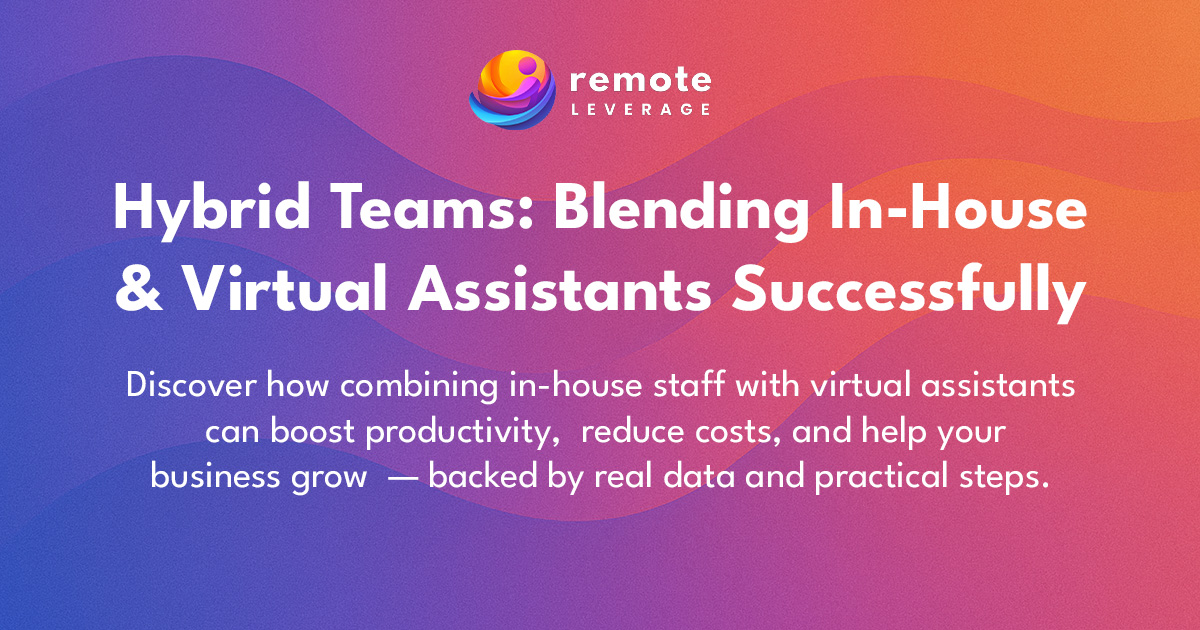
It’s no longer a trend. Remote work is here to stay—and with it, a new approach to building teams. Businesses around the world are shifting away from traditional hiring models and embracing outsourcing as the new norm. Why? Because it’s faster, leaner, more flexible, and better suited to how companies operate today.

The future of work is hybrid—and it’s already here. Businesses are no longer limited to hiring talent within commuting distance. Instead, they’re building hybrid teams, blending the strengths of in-house employees with the flexibility and cost-efficiency of virtual assistants (VAs).

Hiring a virtual assistant can be one of the smartest moves you make for your business – but understanding how to pay them can be confusing. There’s no single “industry standard” when it comes to virtual assistant pricing. Different assistants (and platforms) use different structures, depending on their experience, location, and the kind of support they offer.

Companies of all sizes are rethinking how they build their teams. Traditional hiring models are expensive, slow, and not always suited for fast-moving businesses. Enter the hybrid team model — a flexible combination of in-house employees and virtual assistants (VAs). This approach gives businesses more agility, better cost control, and a leaner path to growth.

You’ve hit that point in your business where you’re doing everything—managing your inbox, juggling your calendar, updating spreadsheets, posting on social media, and still trying to grow the business. You know you need help, but you’re not ready for a full-time hire. That’s where a virtual assistant (VA) can step in and make a real difference.